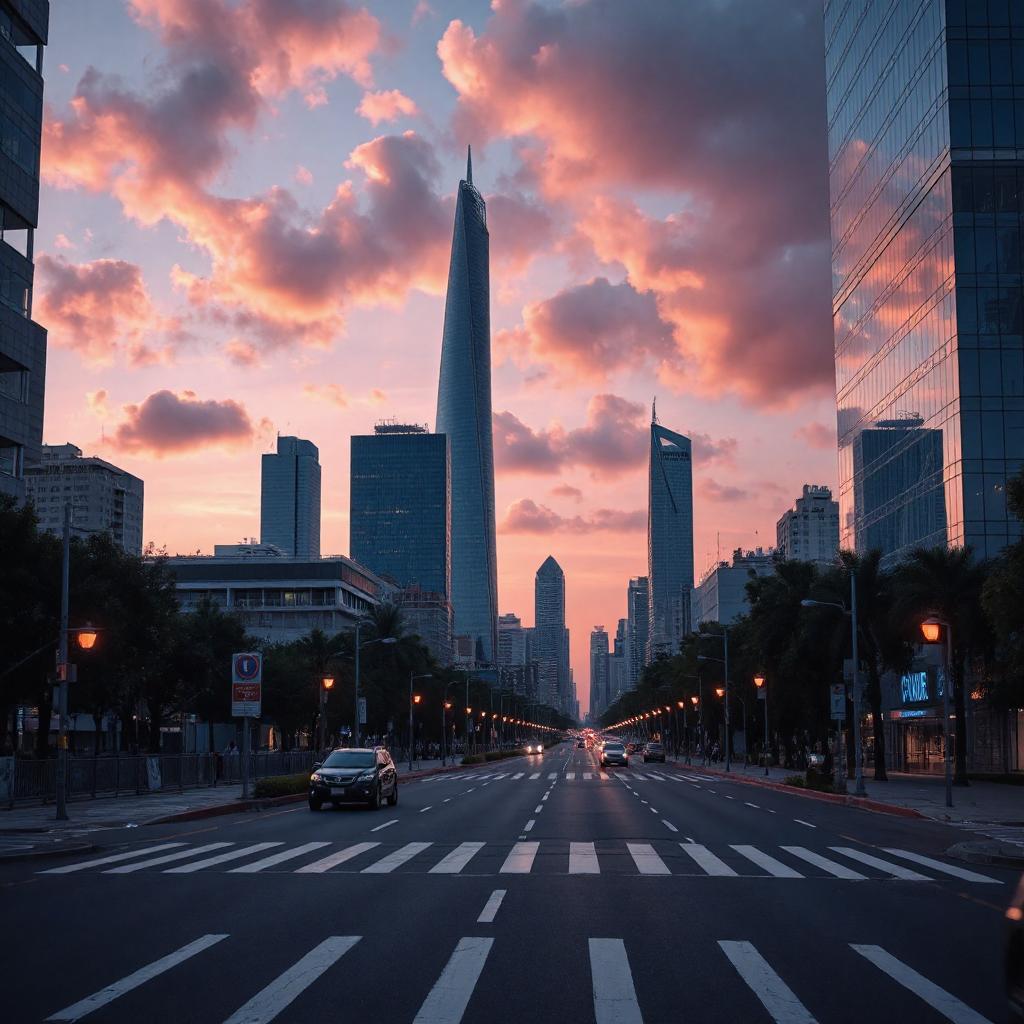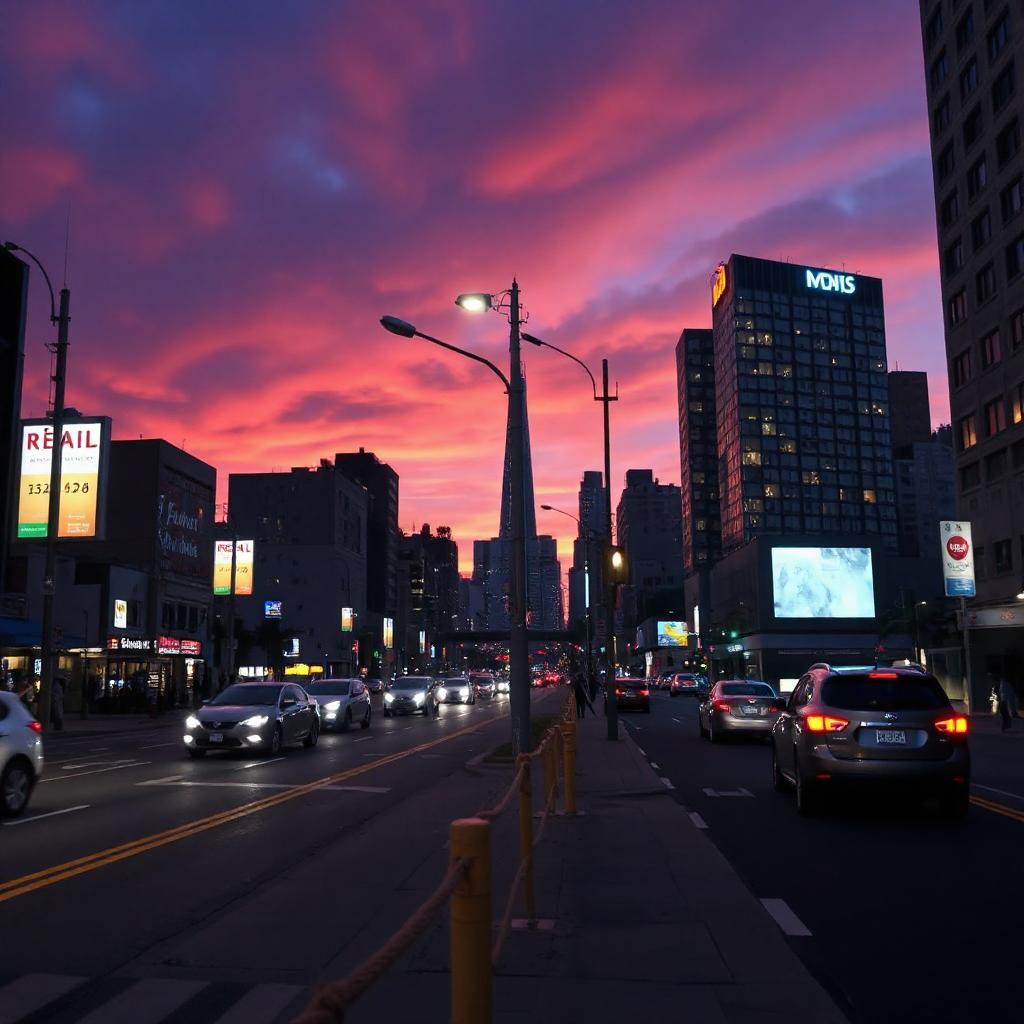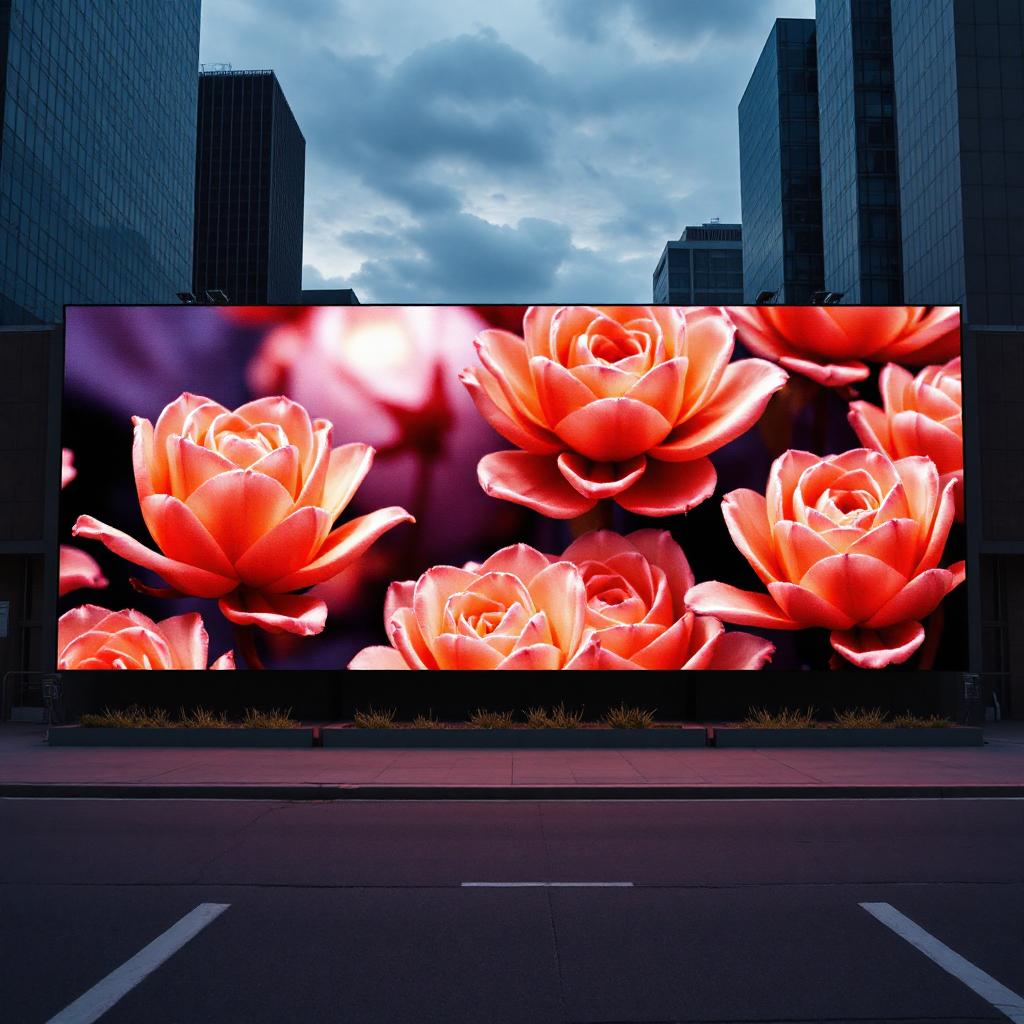- Home
- About Us
- Industries
- Agritech & Smart Farming
- Aquariums & Zoos
- Art & Cultural Exhibitions
- Automotive & Transportation
- Broadcasting & News
- Construction & Real Estate
- Corporate & Offices
- Cultural Heritage & Preservation
- Cybersecurity Operations
- Digital Content Creation & Media
- E-commerce & Online Retail
- Education
- Energy & Utilities
- Entertainment & Media
- Entertainment Arcades & Amusement
- Environmental Monitoring
- Event Management & Conferences
- Fashion & Apparel Retail
- Fashion Retail & E-commerce
- Finance & Banking
- Financial Trading & Stock Exchanges
- Fitness & Wellness
- Food & Beverage
- Food Processing & Manufacturing
- Gaming, Casinos, & Hospitality
- Government & Public Spaces
- Healthcare
- Hospitality & Event Venues
- Insurance
- Legal & Judicial
- Libraries & Community Centers
- Logistics & Supply Chain
- Luxury Cruise & Maritime
- Manufacturing & Industrial
- Meteorology & Climate Research
- Military & Defense
- Mining & Extraction
- Museums & Cultural Centers
- Non-Profit Organizations
- Oil & Gas Industry
- Professional Training & Development
- Public Health & Awareness
- Public Parks & Recreation Areas
- Public Safety & Law Enforcement
- Public Transportation
- Rehabilitation Centers
- Religious & Worship Spaces
- Renewable Energy
- Retail & Shopping Malls
- Retail Banking
- Security & Surveillance
- Social Media & Digital Marketing
- Sports & Stadiums
- Smart Cities & Urban Planning
- Supply Chain & Inventory
- Television & Film Production
- Travel & Hospitality
- FAQ
- Contact Us
- Home
- About Us
- Industries
- Agritech & Smart Farming
- Aquariums & Zoos
- Art & Cultural Exhibitions
- Automotive & Transportation
- Broadcasting & News
- Construction & Real Estate
- Corporate & Offices
- Cultural Heritage & Preservation
- Cybersecurity Operations
- Digital Content Creation & Media
- E-commerce & Online Retail
- Education
- Energy & Utilities
- Entertainment & Media
- Entertainment Arcades & Amusement
- Environmental Monitoring
- Event Management & Conferences
- Fashion & Apparel Retail
- Fashion Retail & E-commerce
- Finance & Banking
- Financial Trading & Stock Exchanges
- Fitness & Wellness
- Food & Beverage
- Food Processing & Manufacturing
- Gaming, Casinos, & Hospitality
- Government & Public Spaces
- Healthcare
- Hospitality & Event Venues
- Insurance
- Legal & Judicial
- Libraries & Community Centers
- Logistics & Supply Chain
- Luxury Cruise & Maritime
- Manufacturing & Industrial
- Meteorology & Climate Research
- Military & Defense
- Mining & Extraction
- Museums & Cultural Centers
- Non-Profit Organizations
- Oil & Gas Industry
- Professional Training & Development
- Public Health & Awareness
- Public Parks & Recreation Areas
- Public Safety & Law Enforcement
- Public Transportation
- Rehabilitation Centers
- Religious & Worship Spaces
- Renewable Energy
- Retail & Shopping Malls
- Retail Banking
- Security & Surveillance
- Social Media & Digital Marketing
- Sports & Stadiums
- Smart Cities & Urban Planning
- Supply Chain & Inventory
- Television & Film Production
- Travel & Hospitality
- FAQ
- Contact Us

Smart Cities & Urban Planning
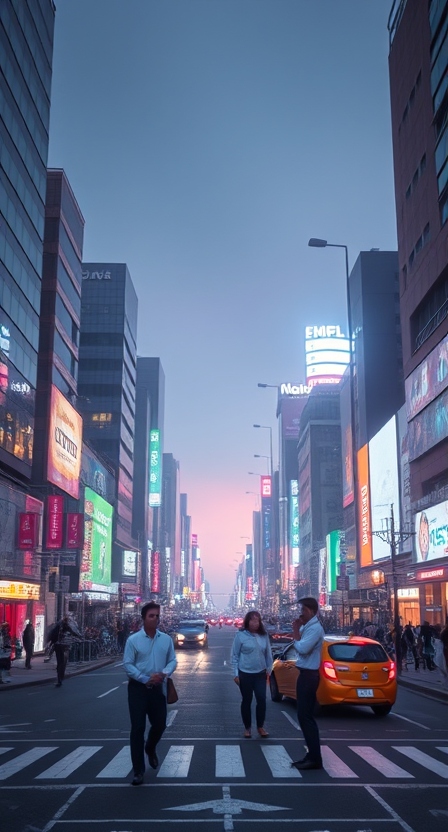
Uses Of Led Display For Smart Cities & Urban Planning
Active LED displays are integral to the development of smart cities, playing a key role in urban planning by enhancing communication, providing real-time data, and improving the overall efficiency and sustainability of urban environments. These displays offer dynamic, interactive, and highly visible solutions for citizens, local governments, and businesses to communicate, monitor, and manage urban infrastructure and services more effectively.
Advantages of Active LED Displays in Smart Cities and Urban Planning:
- Real-Time Data Visualization: LED displays provide up-to-the-minute information on everything from traffic conditions to air quality, helping city planners and residents stay informed and make timely decisions.
- Energy Efficiency: LEDs are energy-efficient, aligning with the sustainability goals of smart cities, reducing the overall environmental impact of urban infrastructure.
- Durability: With robust, weather-resistant designs, active LED displays are ideal for use in outdoor public spaces and urban environments that may experience varying weather conditions and high foot traffic.
- Interactive Capabilities: Some LED displays are touch-enabled or motion-sensor activated, allowing citizens to interact with the content and access relevant information about their surroundings.
- Scalability: LED displays can be installed in various locations throughout a city, from public transport stations to commercial districts, offering scalable solutions for urban information dissemination.
Applications of Active LED Displays in Smart Cities and Urban Planning:
- Smart Traffic Management
- Purpose: To improve traffic flow, reduce congestion, and ensure road safety.
- Content Ideas: LED displays on roadways, at traffic intersections, or on highway billboards can show real-time traffic conditions, accident alerts, estimated travel times, and dynamic traffic signals. They can also display information about parking availability or detour routes during roadworks.
- Public Information and Alerts
- Purpose: To provide critical updates and information to the public.
- Content Ideas: In busy urban areas, LED displays can show emergency alerts, public service announcements, weather forecasts, and public event schedules. They can be used to broadcast urgent information, such as evacuation notices during natural disasters or security alerts.
- Environmental Monitoring
- Purpose: To provide real-time data on air quality, water quality, and other environmental factors.
- Content Ideas: LED screens in public spaces can display air quality index readings, pollution levels, and other environmental data, helping citizens make informed decisions about outdoor activities and raising awareness of environmental sustainability.
- Wayfinding and Navigation
- Purpose: To assist citizens and visitors in navigating the city.
- Content Ideas: Interactive LED displays at transportation hubs, shopping districts, and tourist attractions can provide maps, directions, and real-time updates on public transport schedules, helping people easily find their way through the city.
- Public Transport Systems
- Purpose: To enhance the efficiency of public transportation and improve the passenger experience.
- Content Ideas: LED displays at bus stops, train stations, and metro lines can show real-time schedules, arrival times, delays, and route information. This helps passengers plan their journeys more efficiently, reducing wait times and congestion.
- Smart Infrastructure Monitoring
- Purpose: To ensure the efficient management of city infrastructure.
- Content Ideas: LED displays can be used to track the performance of essential urban infrastructure like water supply systems, energy grids, and sewage systems. For example, screens could show real-time data on power consumption, water usage, or waste management efforts, helping authorities address issues promptly.
- Urban Safety and Security
- Purpose: To enhance citywide safety and public security.
- Content Ideas: LED screens can display real-time surveillance data, emergency evacuation routes, and safety instructions in the event of an incident. In public spaces, these displays can also act as communication tools in case of civil unrest or other security threats.
- Smart Lighting and Energy Management
- Purpose: To manage energy use and reduce costs.
- Content Ideas: Integrated with smart city lighting systems, LED displays can communicate information about energy consumption, the status of street lighting, and real-time adjustments to lighting based on foot traffic or weather conditions. They can also display the city’s energy-saving initiatives or data on renewable energy use.
- Citizen Engagement and Public Feedback
- Purpose: To encourage public participation and engagement in city planning.
- Content Ideas: Interactive LED displays can be used to collect feedback from residents about ongoing urban development projects, local issues, or public policy decisions. For example, displays in public spaces might ask citizens to vote on local issues, submit suggestions for improving the city, or participate in public consultations.
- Smart City Metrics and Performance Dashboards
- Purpose: To monitor the overall performance of city services.
- Content Ideas: Large LED displays can be used to create centralized dashboards that show key performance metrics, such as traffic congestion levels, waste collection schedules, crime statistics, or the efficiency of city services. This information helps both city planners and the public stay informed about the city’s performance and areas for improvement.
Features
- List Item
- List Item
- List Item
- List Item
Advantages
- List Item
- List Item
- List Item
- List Item
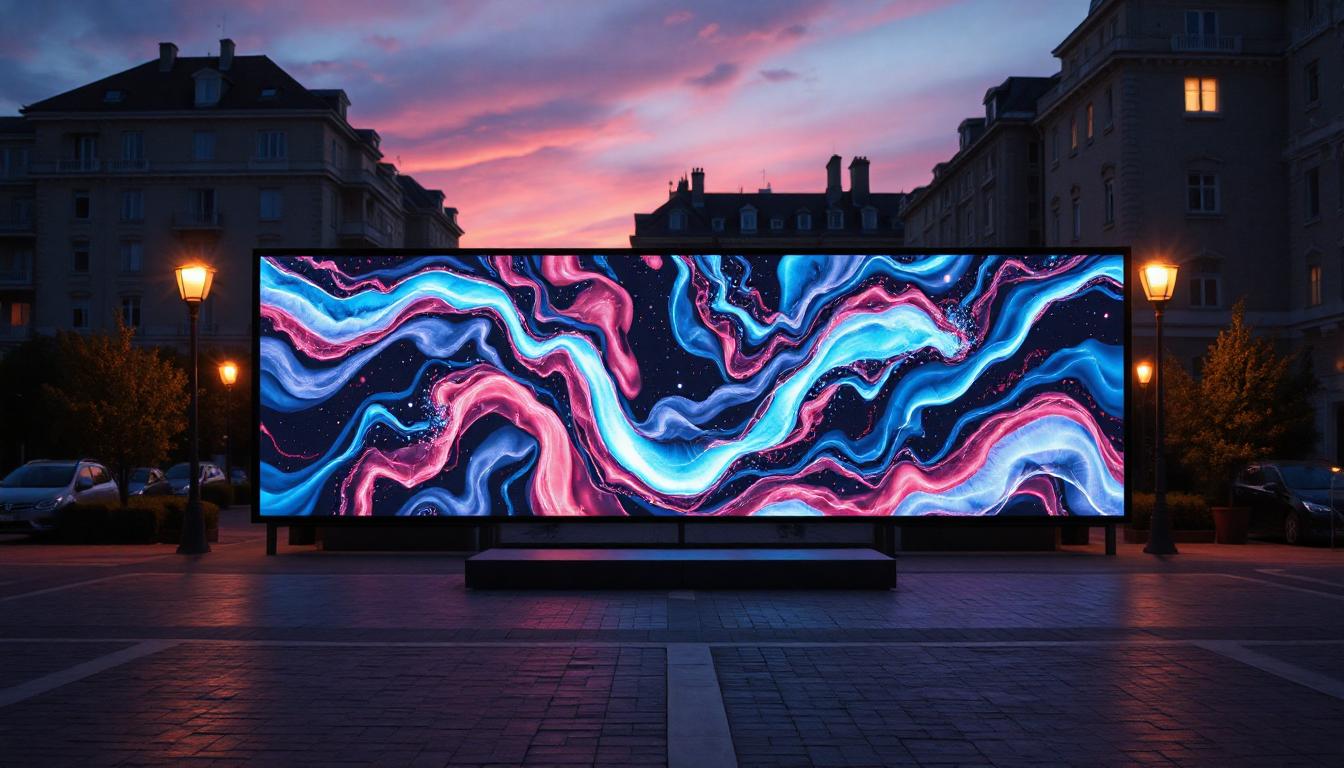
Placement Tips:
- Public Spaces: Install LED displays in high-traffic areas such as city squares, bus stations, shopping districts, and public parks to reach a large audience with important city information.
- Transportation Hubs: Place LED screens at airports, bus terminals, train stations, and metro lines for real-time transit information, wayfinding, and updates on delays or emergencies.
- Street Level: Use LED displays mounted on buildings or installed on city streets to communicate vital information about traffic conditions, events, and environmental data to pedestrians and drivers.
- Government Buildings: Position displays in local government offices or public administration buildings to show civic information, event announcements, and emergency alerts.
- Smart Districts: Integrate LED displays into smart city projects, such as smart buildings or high-tech commercial zones, where they can display data about building performance, energy consumption, or environmental conditions.
Key Benefits of Active LED Displays in Smart Cities and Urban Planning:
- Improved Communication: LED displays are powerful tools for disseminating information to the public, ensuring that important messages are seen in real-time across the city.
- Enhanced Urban Management: With their ability to display real-time data, LED displays allow city planners and authorities to monitor key systems, such as traffic, public transportation, and environmental conditions, making it easier to respond to issues and optimize operations.
- Energy Efficiency: By using energy-efficient LED technology, cities can contribute to sustainability efforts and reduce operational costs, which is crucial in managing large-scale urban infrastructures.
- Public Engagement: Interactive LED displays foster greater public participation, allowing citizens to engage with city initiatives, provide feedback, and stay informed about urban projects and policies.
- Safety and Emergency Communication: In emergencies, LED displays serve as critical tools for delivering timely alerts and instructions to residents, enhancing overall public safety and crisis management.
- Data-Driven Urban Planning: LED displays help visualize important data, such as smart grid performance or air quality, enabling more informed decision-making in urban planning and development.
Conclusion
Active LED displays are essential components of smart city infrastructure, offering a versatile, interactive, and visually impactful way to communicate real-time data, improve urban management, and enhance the public’s engagement with their city. By providing information on everything from traffic conditions and public transport to emergency alerts and environmental monitoring, LED displays help create a more informed, responsive, and sustainable urban environment. In the context of urban planning, these displays support better decision-making and contribute to the creation of safer, more efficient, and more livable cities.

illuminits LED Walls?
Technology
There are three primary LED video wall technologies: ultra-narrow bezel LCD, rear-projection cubes, and direct-view LED displays. Ultra-narrow bezel LCD is the most cost-effective option.
Size
The great thing about illuminits video walls is that they are modular, so you can get them in any size or aspect ratio you want.
Support
The heavier the video wall system becomes, the more panels there are. This puts additional strain on the infrastructure that supports it. illuinits offers the best in-time assistance.
Service
Even high-definition video walls can have problems. This can be a minor or major issue. As a result, Aero provides a variety of comprehensive service packages that ensure minimal downtime at a low cost. Types Of LED Displays

